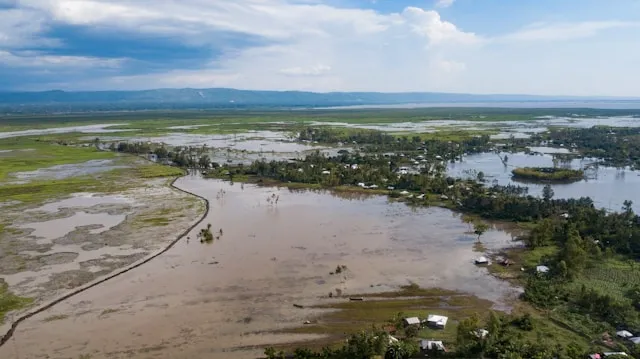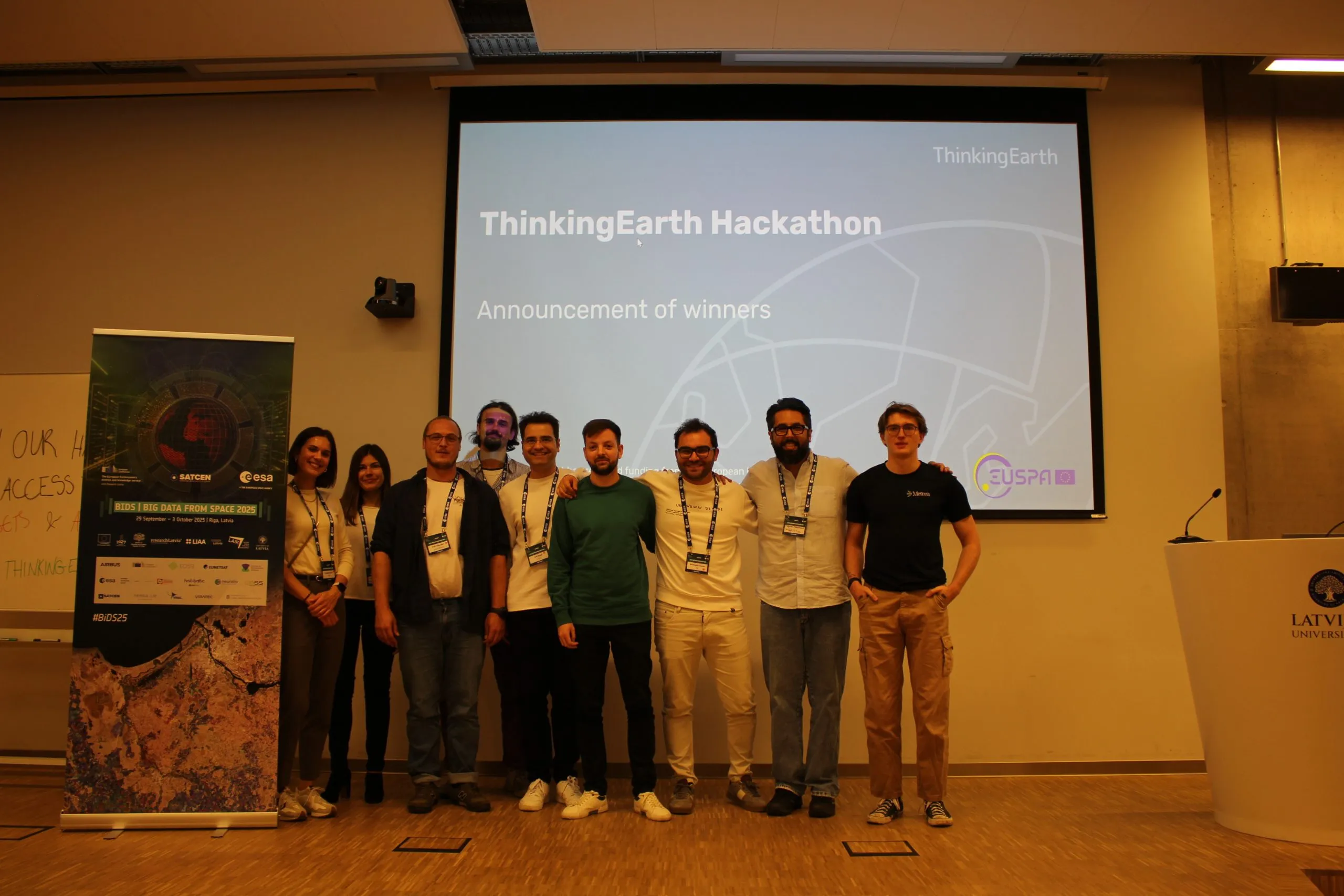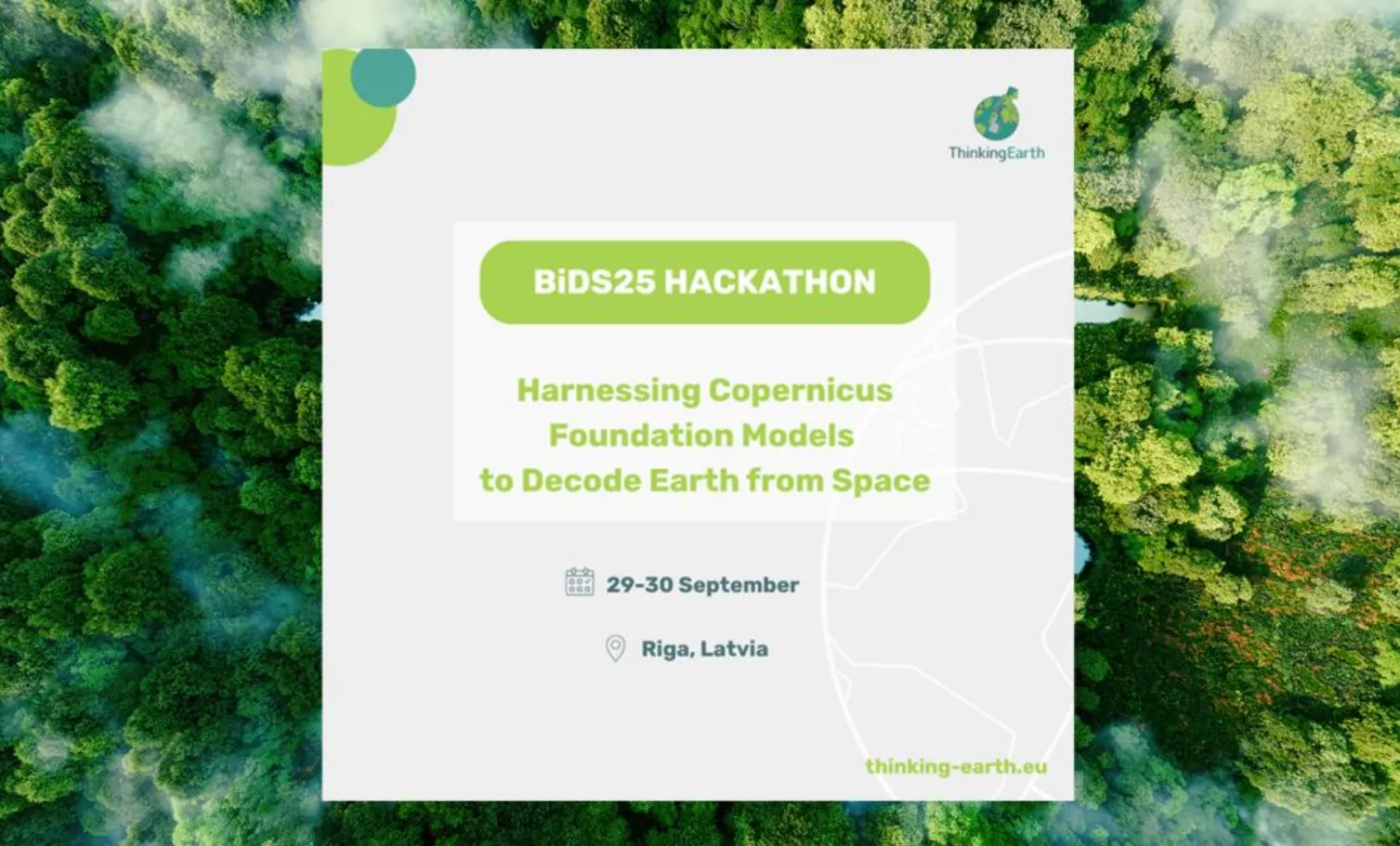How ThinkingEarth will contribute to Solar Energy Solutions

In recent years, there has been an increasing demand for sustainable and renewable solar energy solutions across the world. The global renewable capacity is expected to surge by almost 2400 GW (around 75%) between the years 2022 to 2027. Solar grids have been introduced to keep up with this demand. However, this comes with its own challenges. The study “Multi-Layer Cloud Motion Vector Forecasting for Solar Energy Applications”, with contribution by ThinkingEarth Use Case One leader, Panagiotis Kosmopoulos, gives an in-depth insight to the benefits and challenges of forecasting cloud cover and evaluates Multi-Layer Cloud Motion Vector against other techniques.
Challenges and solutions for Multi-Layer Cloud Motion Vector
Real-time solar radiation forecasting is valuable for industry, but its accuracy is challenged by solar radiation’s unpredictable fluctuations, often caused by cloud cover. As this can change throughout the day, a new method has been introduced, the Multi-Layer Cloud Motion Vector (3D-CMV) forecasts cloud cover changes and their future movements. Along with the fast radiative transfer model (FRTM) to predict solar radiation up to 3 hours in advance across Europe and North Africa, providing optimal coverage of solar radiation and cloud cover.
The CMV are obtained by image-matching clouds in consecutive shots from either satellites or sky-cameras. With the use of cloud microphysics data from the European Organisation for the Exploitation of Meteorological Satellites (EUMETSAT), more accurate data for forecasting can be obtained.
As the data can be unstable depending on speed, shape and changing sky conditions, it is validated against ground-based measurements from the Baseline Surface Radiation Network (BSRN). The Multi-Layer Cloud Motion Vector method is also evaluated against other advanced techniques, demonstrating its superiority. Given the growing market and demand for short-term solar energy forecasting, the accurate predictions provided by this method offer significant potential for practical applications.
Also, as the demand for smart grids increase, it can prove more difficult for Local Distribution System Operators (DSOs) to control.
ThinkingEarth’s role
ThinkingEarth can play a pivotal role in addressing the gaps in the solar energy field.
With the development of the Copernicus Foundation Models and Graph Model of the Earth, ThinkingEarth will be able to develop short-term solar energy for cities, managing energy in a smart grid using solar power predictions and demand data from homes, keeping an eye on urban biodiversity, evaluating forest carbon credits for global financial groups with above-ground biomass estimates, and understanding the causes behind food security issues.
These data-driven, causal graphs will enhance our ability to forecast food shortages and make the World Food Programme’s proactive actions more effective.
Use Case One (UC1) “Energy communities: Distributed solar energy production forecasting and demand management” addresses these challenges.
The estimated outputs for UC1 include:
- The first three-dimensional (3D) cloud motion vector (3DCMV) for improved accuracy.
- Realistic solar photovoltaic (PV) energy production potential at household level from shadow casting and ray tracing data, powered by our partners NVIDIA.
- Smart grid application prototype for distributed solar energy supply and demand management.
By using this state-of-the-art technology and considering all sectors, ThinkingEarth’s UC1 supports the growth of solar energy communities and effective DSO management.
Follow us!
To learn more about ThinkingEarth and stay up to date on the latest news, follow us on X and LinkedIn. You can also get updates directly to your inbox by signing up to our newsletter.
Get in touch with us directly here.
Read next

Consistent Flood Mapping and Forecasting with ThinkingEarth

The ThinkingEarth Hackathon at BiDS 2025: showcasing AI innovation for Earth Observation

ThinkingEarth Hackathon: Shaping the Future of AI for Earth


